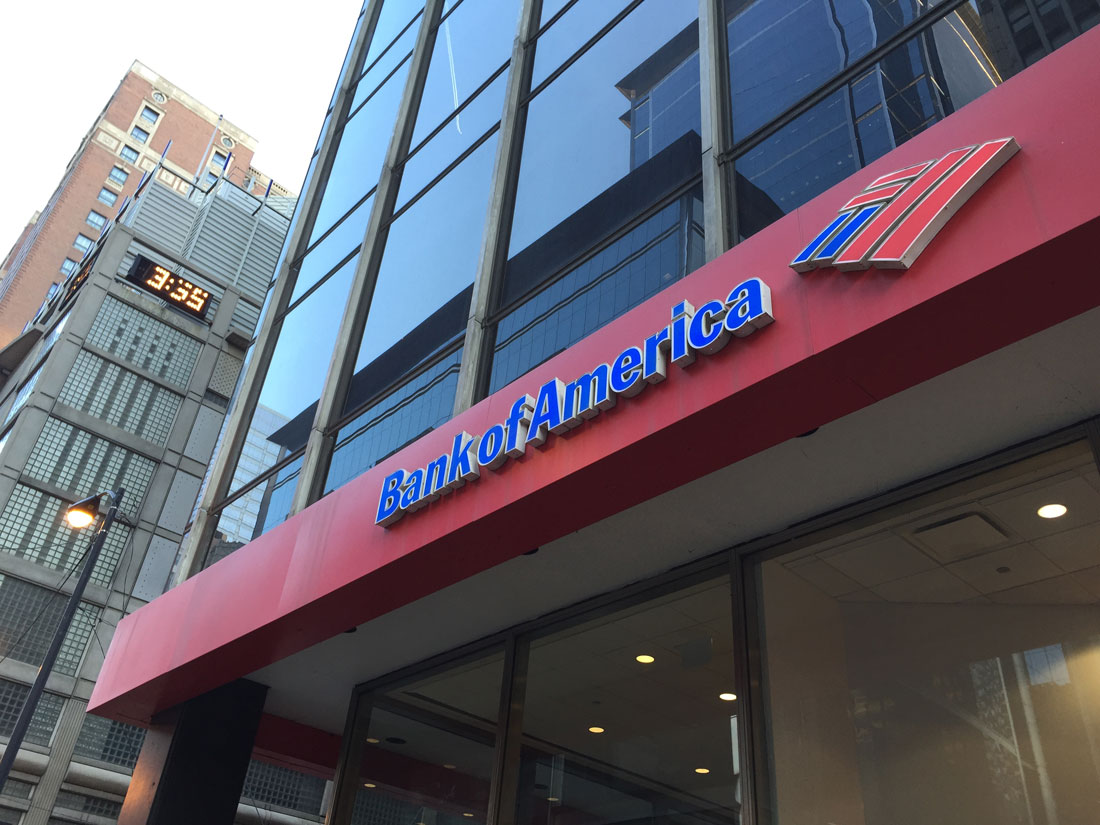By Harvard Zhang
The state of Illinois was able to sell $480 million of general obligation bonds Thursday at a lower interest rate than the last competitive sale, despite its ongoing budget deadlock and pension logjam.
Bank of America Merrill Lynch won the bidding among nine competitors at an overall interest rate of 3.99 percent, according to Catherine Kelly, Governor Bruce Rauner’s press secretary.
Springfield has to offer bond investors a relatively high yield because bond-rating agencies have reacted to its longstanding fiscal problems by giving it the worst ratings of any state. The yield for a ten-year Illinois note was set at 3.33 percent, according to Bloomberg LP. In comparison, the AAA-rated state of Virginia has a benchmark ten-year yield of 1.83 percent.
Thursday’s offering found a relatively friendly reception. The 3.99 percent interest rate “is better than the last four tax-exempt GO bond sales, and the previous rate of the last GO competitive bond sale in April 2014 was 4.08 percent,” Kelly of the Illinois Governor’s Office wrote in an email.
Because of a legislative standoff over its underfunded pension obligations and other issues, Illinois remains without a budget seven months into the current fiscal year. Republican Governor Bruce Rauner and the Democrat-controlled legislature have failed to agree on a spending plan.
Despite its financial woes, Springfield was able to tap into a U.S. muni market that currently craves tax-exempt bonds of higher yield, and is willing to accept a bit of risk to get them.
“This is good timing for the Illinois bond offering because of a shortage of tax-exempt bond in the U.S. muni market for the past two months,” said Alan Schankel, managing director in fixed-income strategy of Philadelphia, Penn.-based financial services company Janney Montgomery Scott LLC. “The high yield also attracts investors who are not satisfied with interest rates offered by Triple-A options.”
The state of Illinois, Schankel added, isn’t likely to default on the newly issued general obligation bonds based on its ability to increase revenue.
In rating the planned offering last December, rating agency Moody’s Investors Service gave a Baa1 rating, and Fitch Ratings set an equivalent BBB+ rating; Both indicated moderate default risk and adequate capacity for payment of financial commitment. Standard & Poor’s gave an A- rating, one rung above those of Moody’s and Fitch.
All three rating agencies cited the ongoing budget impasse that has weakened Illinois’ financial position.
Illinois Senate Republican leader Christine Radogno, citing a three-year budget projection issued by the Illinois Office of Management and Budget, warned in a Monday speech that without reforms and tax increases, the state would have a $25-billion backlog of unpaid bills at the end of fiscal 2019.
The projection also showed Illinois would have a budget hole of $4.6 billion and a total $9 billion of unpaid bills by June 30, 2016.
The state’s massive unfunded pensions placed a heavy burden on the bonds’ ratings.
Moody’s and Fitch both downgraded their ratings of the state’s $26.8-billion outstanding general obligation bond last October, after the Illinois Comptroller Leslie Geissler Munger announced that a cash shortage caused by the budget logjam would force the state to delay its $560-million November pension payment.
The state’s bonds came under pressure eight months ago. That’s when the Illinois Supreme Court ruled that a plan to erase a gigantic $111 billion pension shortfall by reducing state workers’ retirement benefits was unconstitutional.

